|
On-lake AIS monitoring training is available again this year. This is a unique opportunity that only Hennepin County offers! Toss a plant rake in the water and see what you pull up, learn to identify the species in your lake (good and bad), and survey part of your lake for AIS. If you have a Hennepin County lake group interested in participating and can provide a pontoon boat and captain, please contact Carolyn Dindorf at carolyn.dindorf@bolton-menk.com.
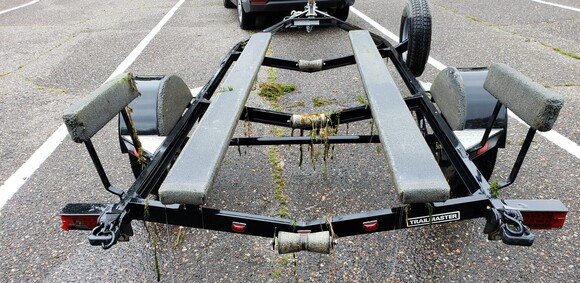 Consider sharing this article with any audiences you reach who visit Minnesota waterways.
Aquatic invasive species don’t usually enter a waterbody on their own, they are transported with the help of humans. In some cases, it only takes one individual organism or plant, such as a small plant fragment, to result in an infestation. An infestation can be devastating for lake recreation and aquatic life and can cost lakeshore property owners a lot of money to manage AIS to maintain use of the lake.
AIS can be introduced directly or hitchhike on a lot of different surfaces:
This is not a complete list, which makes it clear that It takes all of us when it comes to AIS prevention.
- Attached to or on watercraft, trailers, motors, fishing gear, anchors
- In ballast water, bilge, live wells, and other areas and devices that hold water
- In with bait and water that is dumped out
- On fishing lines and downrigger cables
- On the soles of waders
- Attached to seaplane pontoons
- On harvesting equipment
- In mud on a dog’s paws or person’s shoe soles
- Direct release of unwanted pets or plants
- In aquarium water dumped where it flows to a storm drain
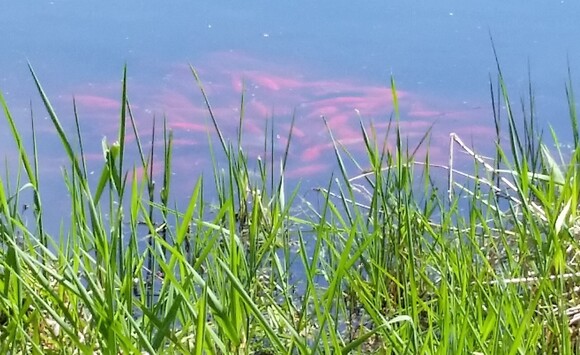 Goldfish or koi released into a natural Minnesota pond
Clean off any plants, animals and mud from your prop, boat, trailer, and equipment.
Drain the motor, bilge, live well, ballast tanks, and other water-containing devices. This includes draining water out of canoes and kayaks.
Dry everything for a minimum of five days or towel dry to make sure organisms can’t survive.
Dispose of unwanted bait in a designated area or trash, not in the water. Drain bait bucket water on vegetation or in designated can or area, not hard surfaces.
 AIS can be transported in ballast water from wake boats.
Run boat motor and personal watercraft engine out of the water for a few seconds to discharge water before leaving a water access.
If you have been on a lake for 24 hours or more, go to a decontamination station and get your boat decontaminated before entering another lake. Three Rivers Park District and the Minnesota DNR have hot water decontaminations stations available in Hennepin County. Find a Three Rivers Park District station or a Minnesota DNR station.
 To decontaminate a boat yourself: Spray the boat, motor, and trailer with high pressure water. Rinse with 120°F water for at least 2 minutes or 140°F water for at least 10 seconds to kill zebra mussels and some additional AIS. As an extra precaution, dry for at least 5 days.
Buying used is a great way to prevent waste and save money. Be sure to plan to prevent the spread of AIS when you get used boat lifts, docks, swim rafts, or associated equipment.
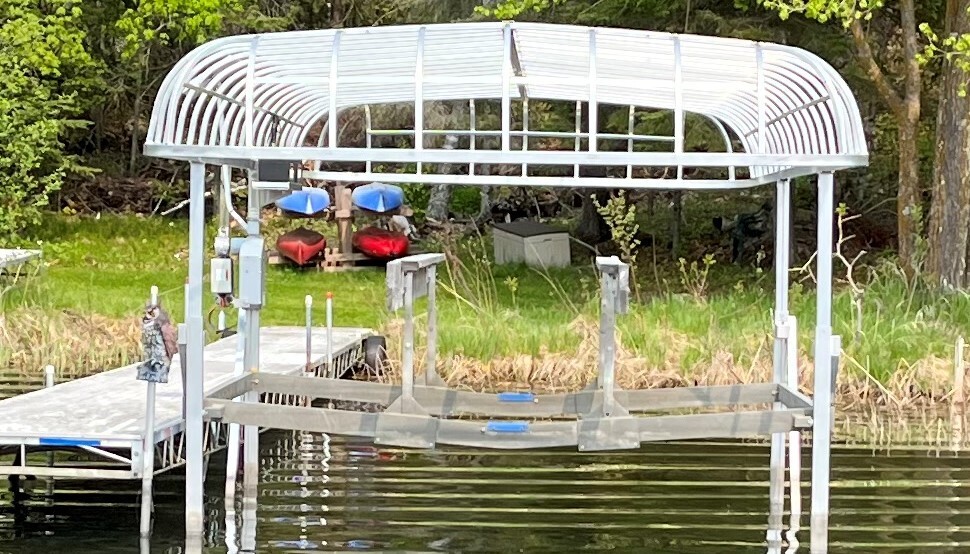
- Power spray the equipment, docks, etc. on land.
- Wait a minimum of 21 days for the equipment, docks, etc. to dry on land before putting it into your favorite lake.
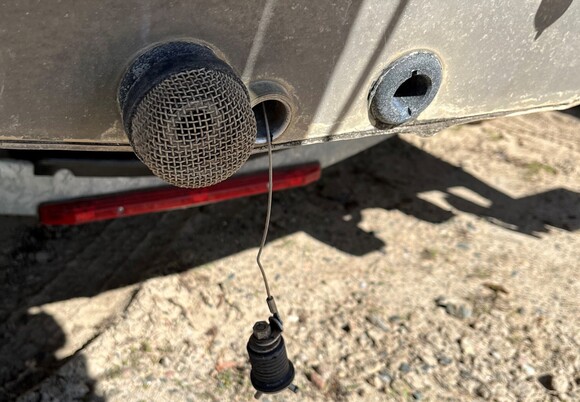 Observations at Hennepin County boat accesses have identified that drain plug violations are the highest of all watercraft violations. Make sure your boat plug(s) are out unless you are in the water! This includes bilge, live well and other water containing areas.
Tuesday, June 27 from 6:30 to 8:30 p.m. at 7515 Izaak Walton Road, Bloomington
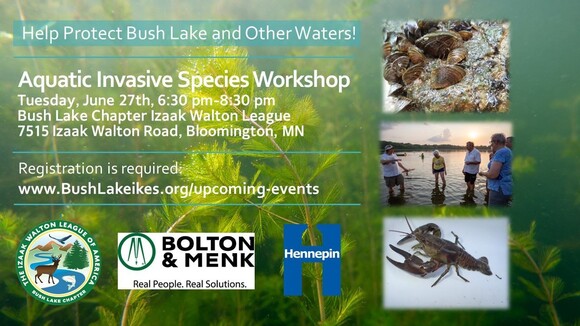 Mark your calendar for an evening of AIS identification and information. The workshop will be hosted by the Bush Lake Chapter of the Izaak Walton League at their clubhouse on Bush Lake. After a presentation and looking at preserved samples, participants will have the opportunity to walk out to the shoreline of Bush Lake and even wade in the lake at the to find and identify different aquatic and shoreline species. The workshop is free, but registration is required. Learn more and register.
Where does your lake stand on the leaderboard? Here are the top five lakes. Get more members to pledge and move up the ranks.
 Hennepin County encourages all lake lovers to pledge to prevent the spread of aquatic invasive species
Hennepin County is a unique urban area. With 200 lakes, 640 miles of streams, three major rivers, 45,000 acres of wetlands and 50 public water accesses, there are so many opportunities to enjoy being on and around water.
But that also means it takes everyone, including people fishing, boating, kayaking, or sailing, those who live on lakes, and those with aquariums or ponds, to help keep our lakes clean and healthy by preventing the spread of aquatic invasive species. That’s why Hennepin County is encouraging anyone who enjoys our lakes to sign up for Lake Pledge.
On the website or app, you select what lake you visit most and what activities you enjoy doing on and around the water. You then learn how those activities may introduce aquatic invasive species, pledge to take actions to prevent the spread, and see how well your favorite lake is doing compared to others in the county.
In March 2023, the county awarded twelve grants totaling $216,228. The projects will prevent and slow the spread of aquatic invasive species by assessing the risk of different pathways, surveying for early detection, empowering the public, supporting research, expanding water inspections, and increasing public awareness. These projects will:
- Create 3D models of aquatic invasive species for interpretive displays at water accesses.
- Create two new art sail designs for sailboats in an adaptive sailing program.
- Increase watercraft inspections, self-inspection, and boater education.
- Create a portable and interactive aquatic invasive species education display for outreach.
- Survey water accesses on Lake Minnetonka for starry stonewort.
- Assess flowering rush treatments and educate lakeshore homeowners to identify flowering rush.
- Expand the use of lakepledge.com on Christmas Lake.
 |
The AIS Explorer, a model developed by the Minnesota Aquatic Invasive Species Research Center (MAISRC) provides an estimate of risk of infestation for either zebra mussels or starry stonewort based on water connectivity (stream connections) and boater movement into, within and out of the counties. The maps below for Hennepin County were generated using the AIS Explorer. They show a lake’s overall risk of being infested with zebra mussels or starry stonewort in the next eight years.
Overall risk of infestation with zebra mussels in next 8 years
Credit: MAISRC
The AIS Explorer can be used to provide guidance on AIS prevention methods, including:
-
Surveillance: provides information on the likelihood of a new infestation
-
Watercraft inspections: can be used to prioritize inspections, or other actions such as addition of boat cleaning stations, at the riskiest lakes
Overall risk of infestation with starry stonewort in next 8 years. Credit: MAISRC
Please share this newsletter with others on your lake!
If you were forwarded this email and would like to subscribe:
- Click this link
- Click through the prompts to open a list of newsletter subscription options
- Open the Environment option.
- Click the Aquatic Invasive Species: Early detectors newsletter to subscribe.
|